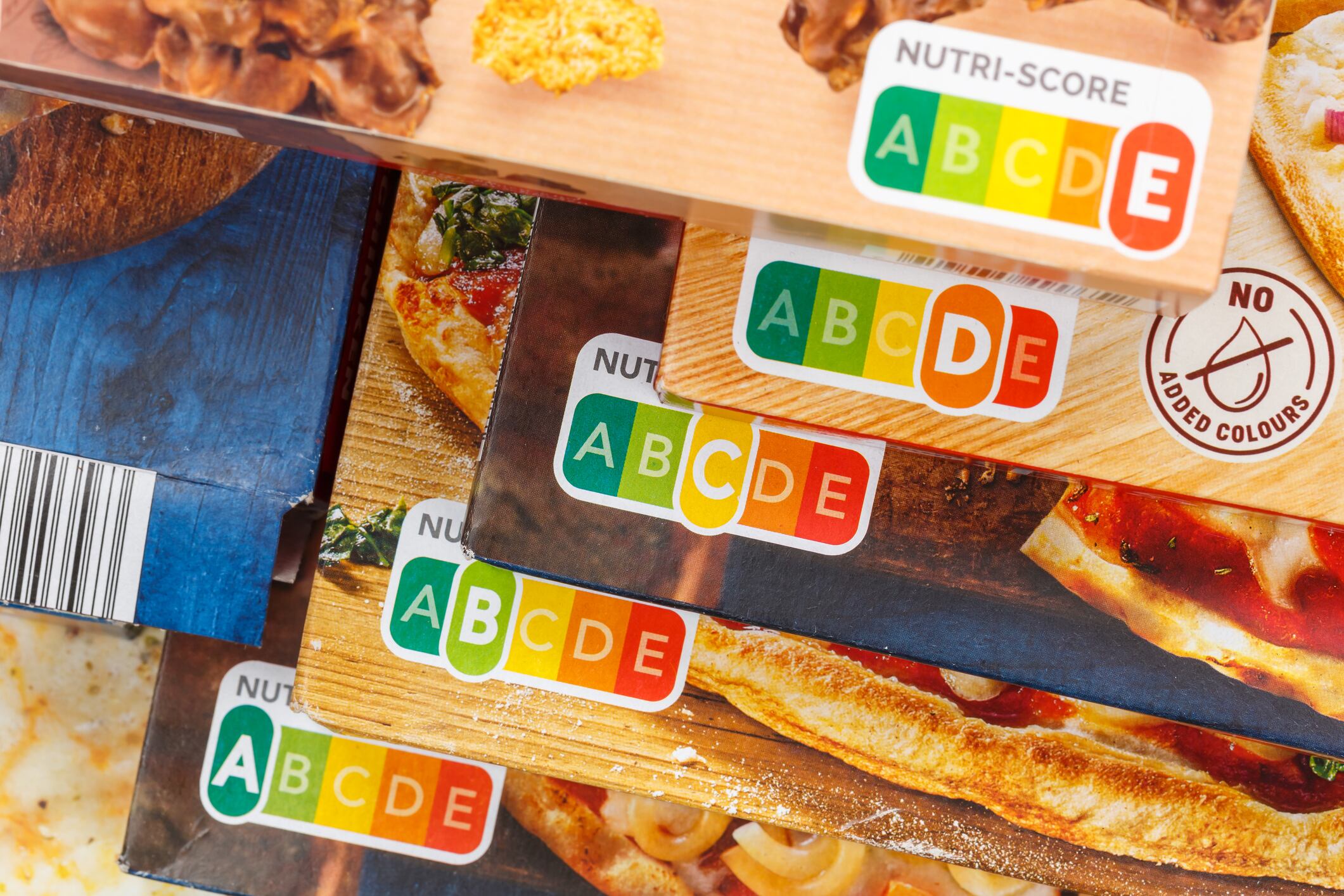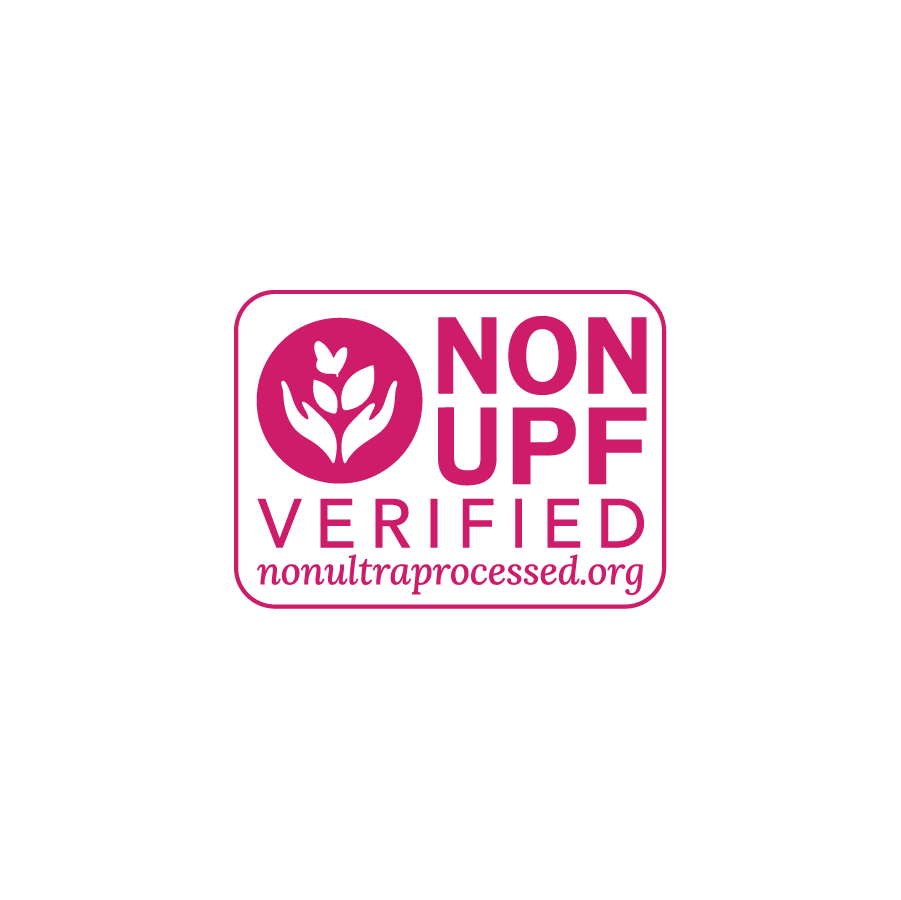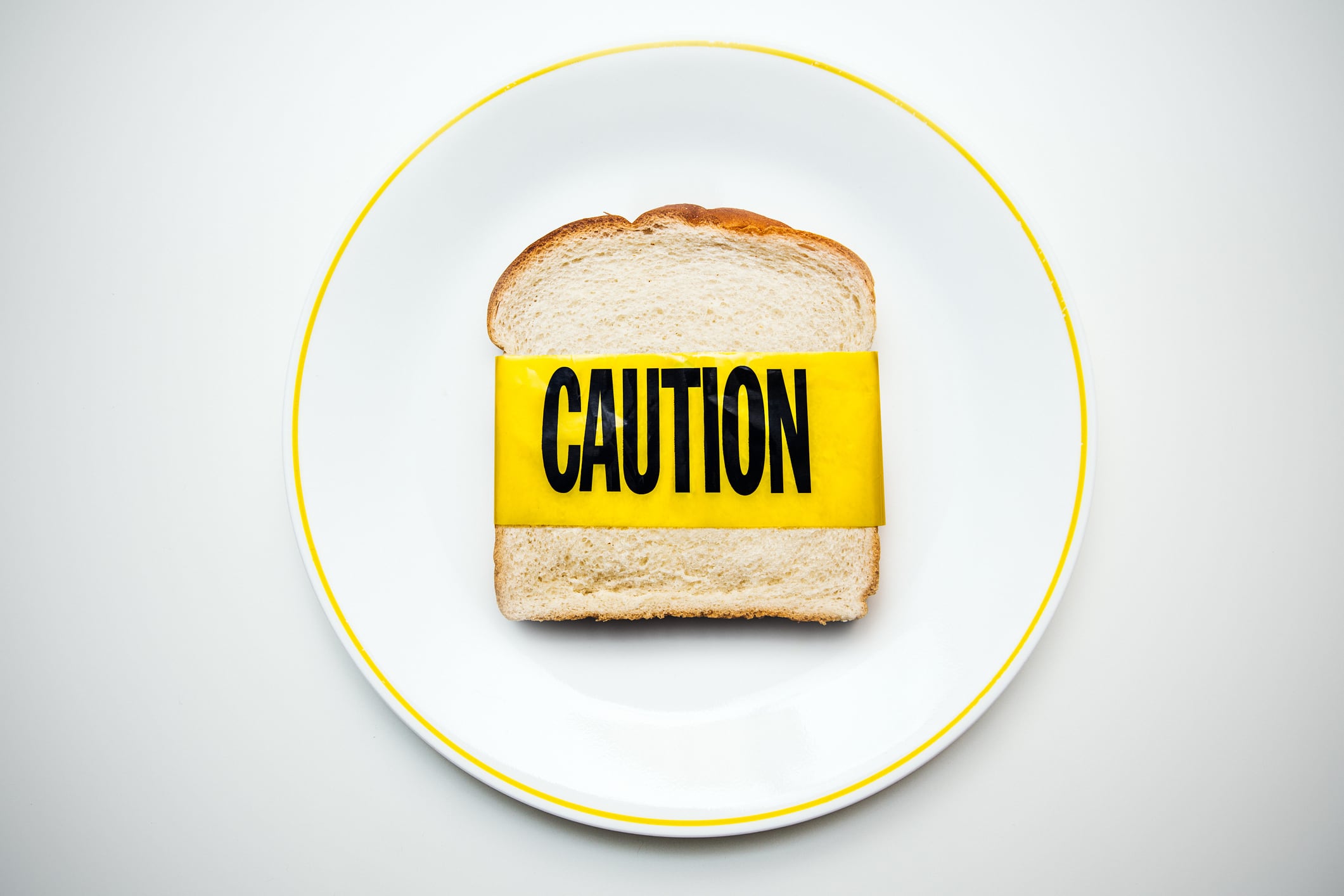What’s are the latest UPF label trends? Summary
- Nutri-score v2.0 adds black ring to show food processing level
- Latin American countries test black warning labels for UPF alerts
- Non-UPF Verified label promotes minimally processed food certification
- Studies show UPF labels may confuse rather than guide consumers
- Experts suggest policy shifts over labels to drive real behaviour change
Food labels can communicate many things. In some countries, they highlight if a product is high in fat, salt or sugar. In others, they may promote benefits like added fibre or protein.
But now, a new wave of front-of-pack (FOP) labels are in development that look beyond ingredients lists to food processing. If and when they hit the shelves, consumers will be able to instantly recognise if a food is ultra-processed.
So which ultra-processed food (UPF) labels are in contention? We round up three that aim to give consumers more information about what their eating.
What is ultra-processed food?
There is no single, agreed-upon definition for highly processed food. But the best-known is Nova, developed by Brazilian researcher Carlos Monteiro.
The definitions of Nova, as well as a non-exhaustive list of others, can be found here: What counts as ultra-processed food? It depends who you ask
1. Nutri-Score, but for UPF
Imagine the Nutri-Score FOP label, which grades food and drinks from A to E in colours from dark green through to dark red. But add a black ring around the logo.
That’s the concept for Nutri-Score v2.0, a new label system developed by the brains behind the original Nutri-Score.
In a randomised controlled trial, conducted by Nutri-Score developers and the father of UPF himself, Carlos Monteiro, it was found that Nutri-Score v2.0 helped steer participants towards ‘healthier’ foods.
The researchers also concluded that the new label enabled participants to understand the difference between nutrient content and level of processing, but industry experts aren’t so sure.

“If you see a Nutri-Score A on-pack, but it has an ultra-processed ring around it, does that mean it’s good or bad? What do consumers do with that information?” asked Nomad Foods’ Lauren Woodley rhetorically at Future Food-Tech London.
The frozen food company’s head of nutrition and sensory science queries whether adding more complexity to FOP labels could end confusing consumers even more, to the extent that they end up ignoring FOP nutrition labelling altogether.
2. Ultra-processed food warning labels
Many Latin American countries take a more stark approach to FOP nutrition labelling.
Instead of the colourful Nutri-Score, countries like Brazil, Colombia, Chile and Mexico have adopted black octagonal labels to alert consumers that certain products contain excessive amounts of problem nutrients, like added sugar, sodium or saturated fats.
A similar version – a black, octagonal warning sign alerting consumers if a product is ultra-processed – is being tested in a scientific setting.
An online experiment conducted by researchers in the US on a Brazilian cohort revealed surprising findings. Adding the UPF warning label did not appear to influence intention to buy or how healthy the participants’ perceived the product to be – beyond the impact of the nutrient warning label they’d be used to.
3. Labelling minimally processed, not ultra-processed
We know of one UPF label already on the market. But instead of highlighting when a product was made with heavy amounts of processing, this label demarcates the opposite.

Developed by the team behind the Non-GMO Project in the US, the new Non-UPF Verified FOP label focuses on minimal processing and additives. Specifically, the certification is drawing on banned ingredient lists from major retailers, guidance from the EU, and emerging state-level proposals.
Although still in pilot project stage, developers believe that by helping consumers easily avoid UPFs, they’re addressing a “crucial gap” in food certification.
The label represents an “interesting” development, commented Nomad’s Woodley, but it has the potential to be “negative” too.
“We want people to eat a balanced diet and to choose whole foods where possible. But a Non-UPF Verified label could again, create more confusion.”
Is UPF labelling the answer?
Development of new UPF labelling schemes begs the question: what is their aim? And is UPF labelling the answer?
The schemes directly respond to research linking UPF consumption to a wide range of adverse health impacts, including death. By giving more transparency to consumers about what is and isn’t ultra-processed, it’s hoped they can make ‘healthier’ food choices.
But the UPF issue isn’t as simple as highly-processed being good, and minimally-processed being bad. It’s hard to argue that UPFs like fibre-rich baked beans or packaged bread are as detrimental to health as other UPFs like confectionery and crisps.
The risk that tarring all UPFs with the same brush could confuse consumers even more, is a very real one.
Labels are just one way UPFs are entering policy. Some countries are bringing UPFs into national nutritional guidelines, others are experimenting with UPF taxes.
The issue with labelling is that its success relies on consumer behaviour change. “It still asks people to make choices,” explained John Barber, deputy director, Healthy Life Mission at innovation agency Nesta.
A better tack would be a policy that changes the food environment, he said at Future Food-Tech London. That way, people end up making subconscious decisions.
“If we ask people to make better decisions, it’s going to be really difficult to make change.”





